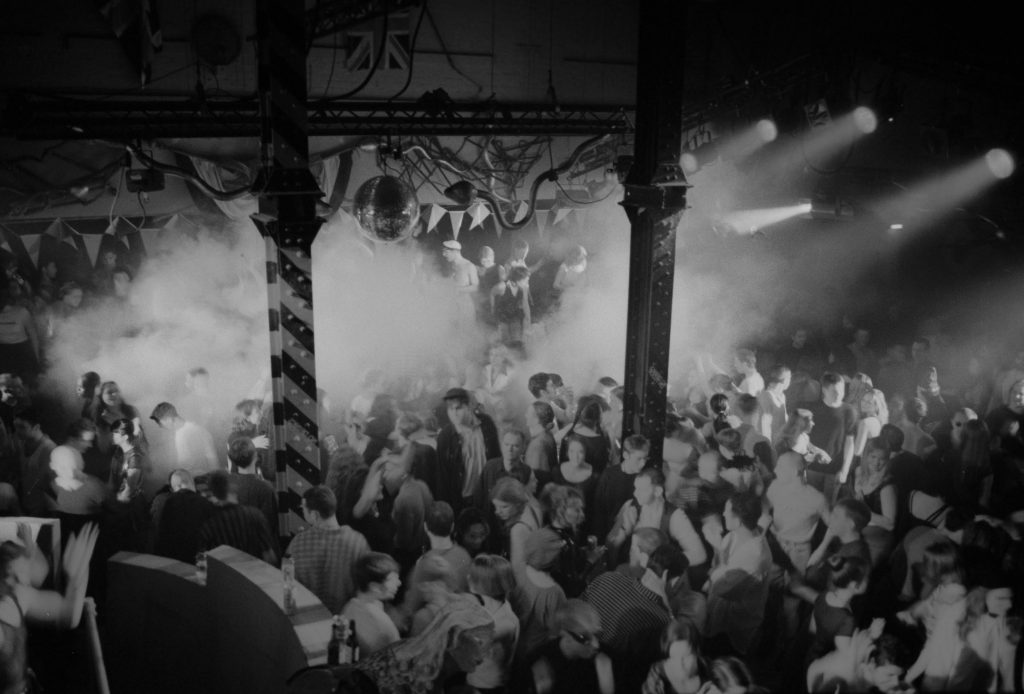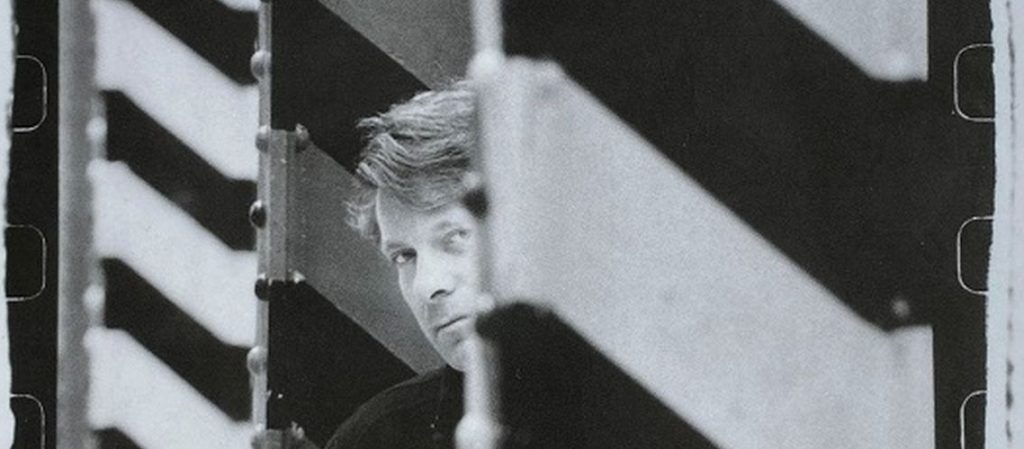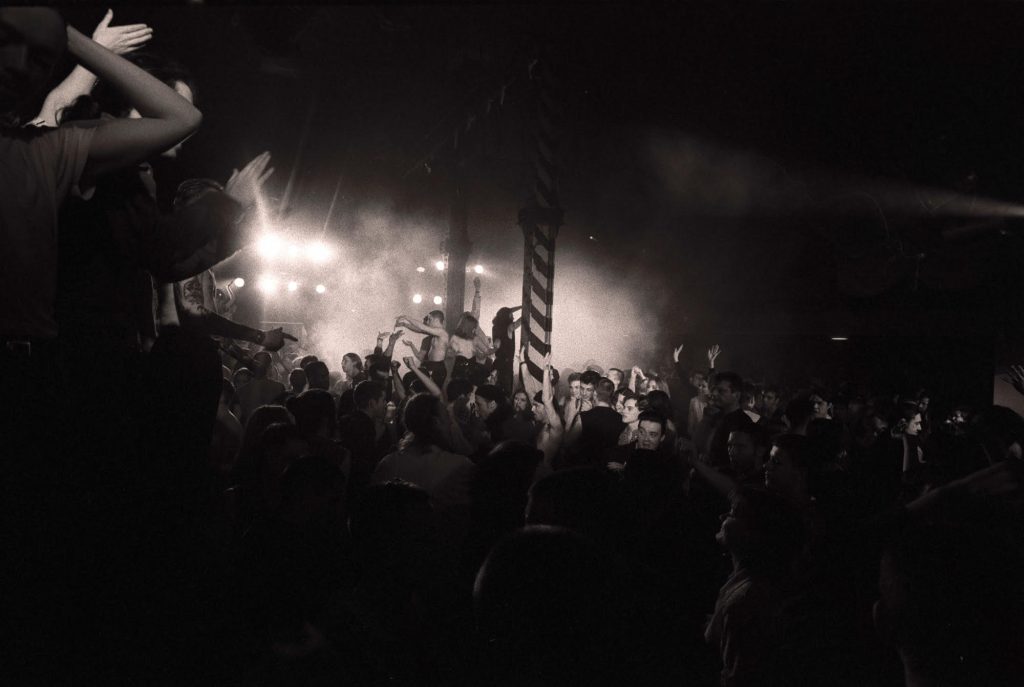/FAC51 THE HAÇIENDA/
ABOUT
It was the club that inspired a musical generation, defined a scene and put dance music firmly on the map in the UK. The Haçienda laid the foundations for clubbing culture as we know it and now, 30 years on, its reverberations are still felt today.
Originally conceived, founded and financed by Factory Records and New Order, The Haçienda was the brainchild of the band’s manager, Rob Gretton alongside Tony Wilson & Alan Erasmus. Taking cues from New York City’s sprawling club scene, it first opened its doors on May 21st 1982 sporting a Factory Records catalogue number of FAC51, and pioneering interior designed by architect Ben Kelly and graphics by Peter Saville. Not surprising then, that all of these forces combined turned The Haçienda into what is widely recognised as the birthplace of Acid House, and a veritable institution responsible for shaping the face of Uk club culture as it has since been known

On Why the Haçienda Must Be Built:
Tony Wilson the owner of Factory hints at the moral responsibility felt within the organisation after Ian Curtis’ death when asked ‘why bother building the Hacienda’ in a television interview:
It’s necessary for every period to build its cathedrals, it’s necessary for any youth culture to have a place, a sense of place, and Manchester had never had one for many years. We find ourselves in a financial situation where we can do something about it, and thirdly it’s necessary for a city like Manchester, which is an important city and has been important to music to have the facilities that New York and Paris have and to not have them would be a disgrace.
Tony Wilson

Through a chain of events that no one could have imagined, the ex-boat showroom on Whitworth Street, Manchester that became The Haçienda and the scene it gave birth to, went on to have one of the biggest impacts on youth culture since the punk movement. Part of this was Mike Pickering’s exemplary curation as the venue’s lead booker, bringing an eclectic mix of cutting-edge live sounds to the stage, while the introduction of legendary nights like Nude, Freak and Flesh changed the face of clubbing from just a night out to a pilgrimage to the dancefloor.
The ensuing mixture of new sounds, new ideas, cutting-edge design and even new designer drugs that came to resemble ‘Madchester’ pushed the venue into overdrive and inspired DJ’s and live acts from Sasha to The Chemical Brothers to The Happy Mondays. In the years since, the club has been well-documented as the site of one of this country’s most important cultural revolutions in numerous publications , documentaries including its own film 24 Hour Party People & Peter Hook’s How Not To Run A Club.

Though its doors may have closed in 1997, The Haçienda continues to produce events of the highest calibre in every corner of the globe, attracting a slew of pioneering DJs/Live acts and recreating the magic, style and hedonistic excess synonymous with their legendary brand.
The legacy continues to a global audience and has culminated in the groundbreaking Haçienda Classical, an atmospheric orchestral reimagining of beloved dance anthems from the clubs heady years. Still wielding a knack for uniting disparate crowds, the project’s New Year’s Eve livestream reached a viewership of over 4 million people worldwide, all enchanted by The Haçienda’s next cutting-edge musical evolution.
And you, forgotten, your memories ravaged by all the consternations of two hemispheres, stranded in the Red Cellars of Pali-Kao, without music and without geography, no longer setting out for the Haçienda where the roots think of the child and where the wine is finished off with fables from an old almanac.
Now that's finished. You'll never see the Haçienda. It doesn't exist.
– Formulary for a New Urbanism by Ivan Chtcheglov
“The Haçienda must be built! ”
Formulary for a New Urbanism
– by Ivan Chtcheglov